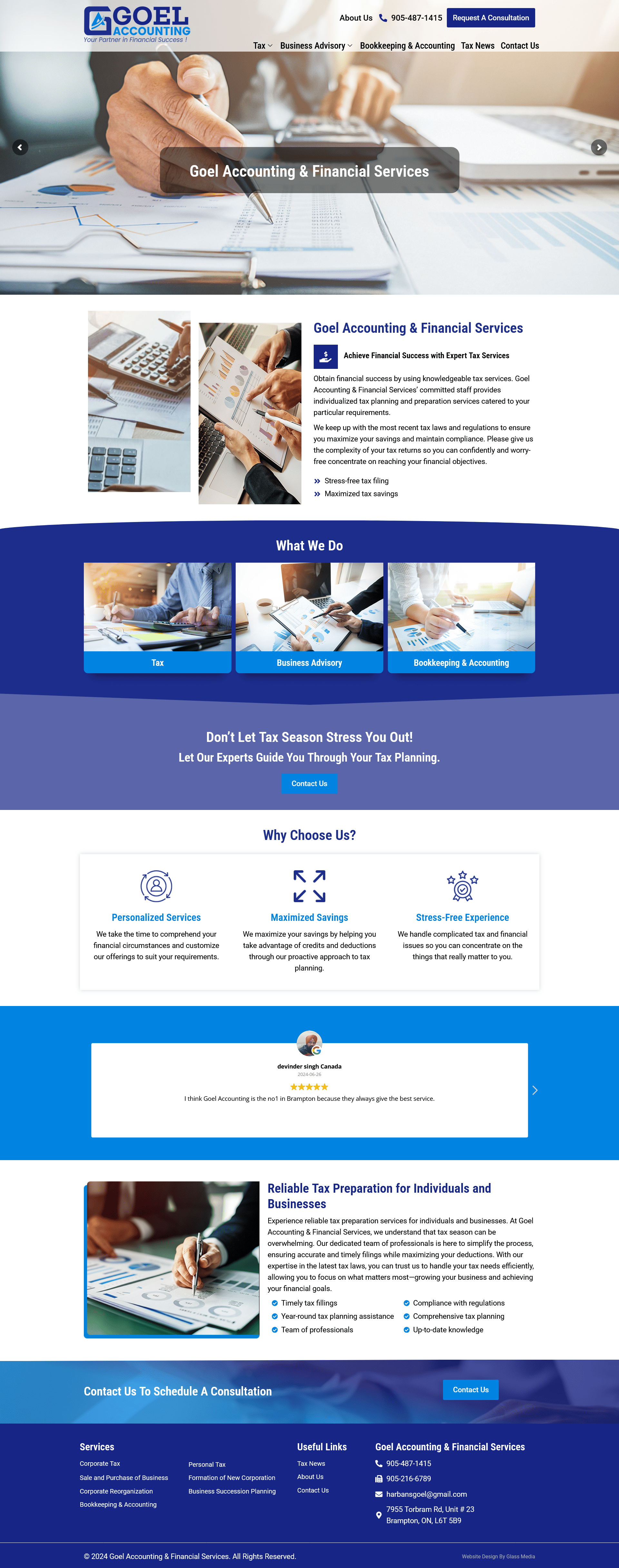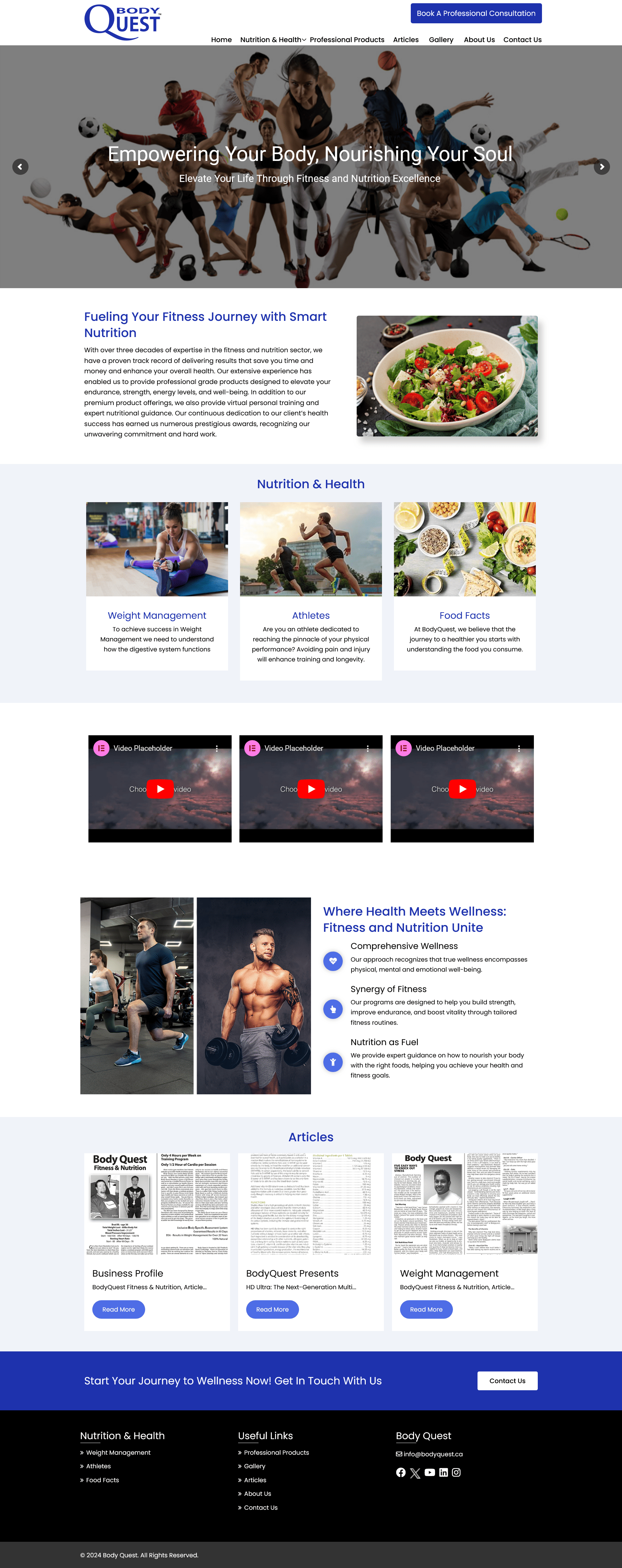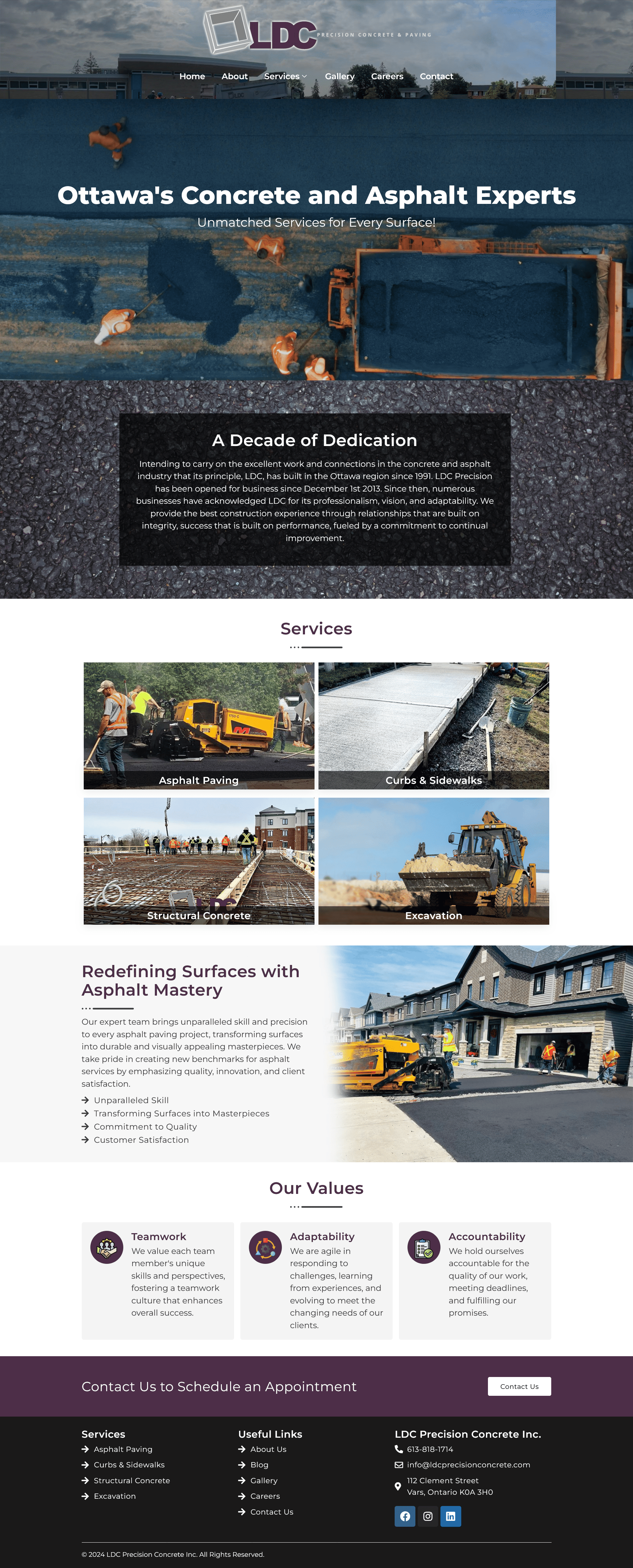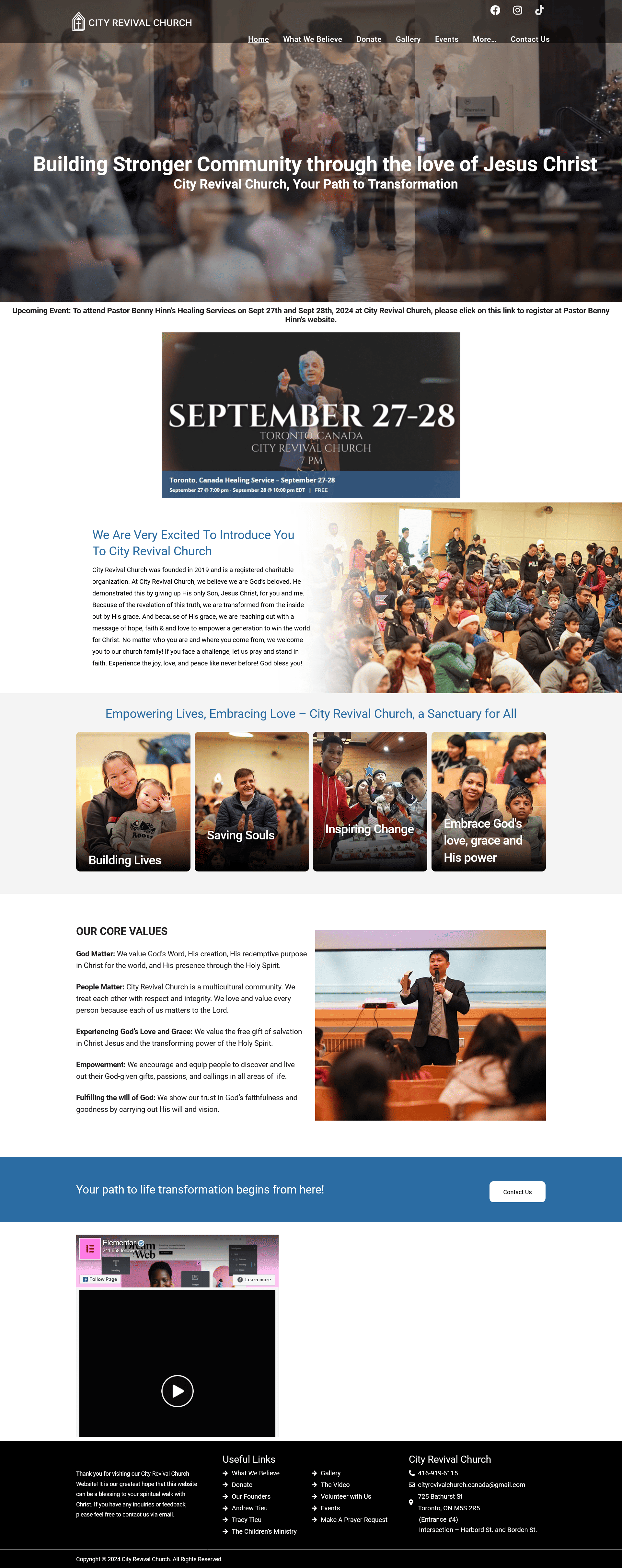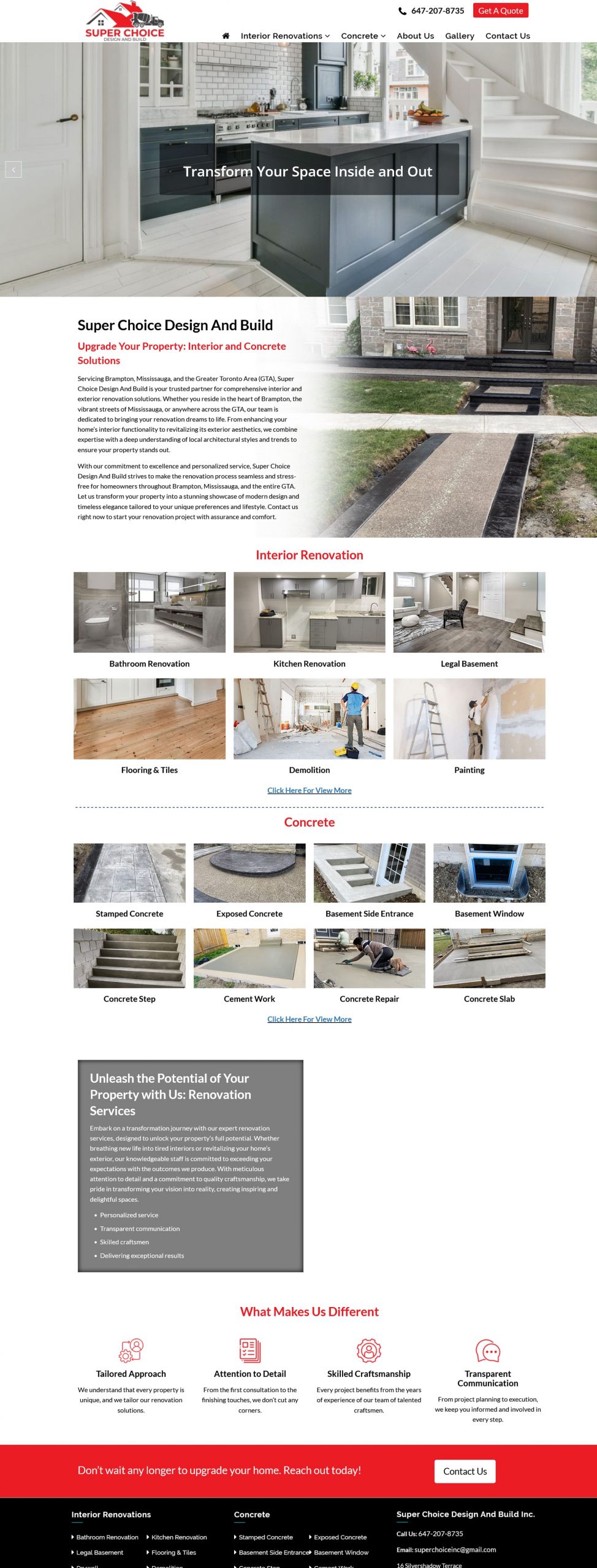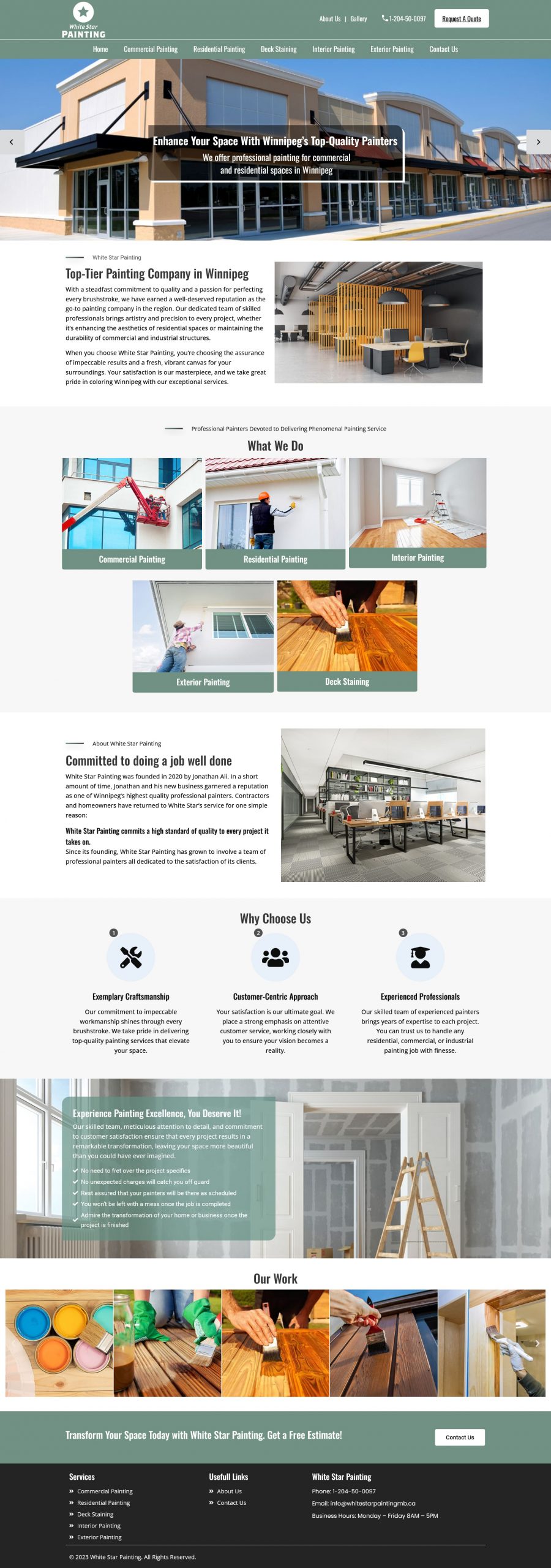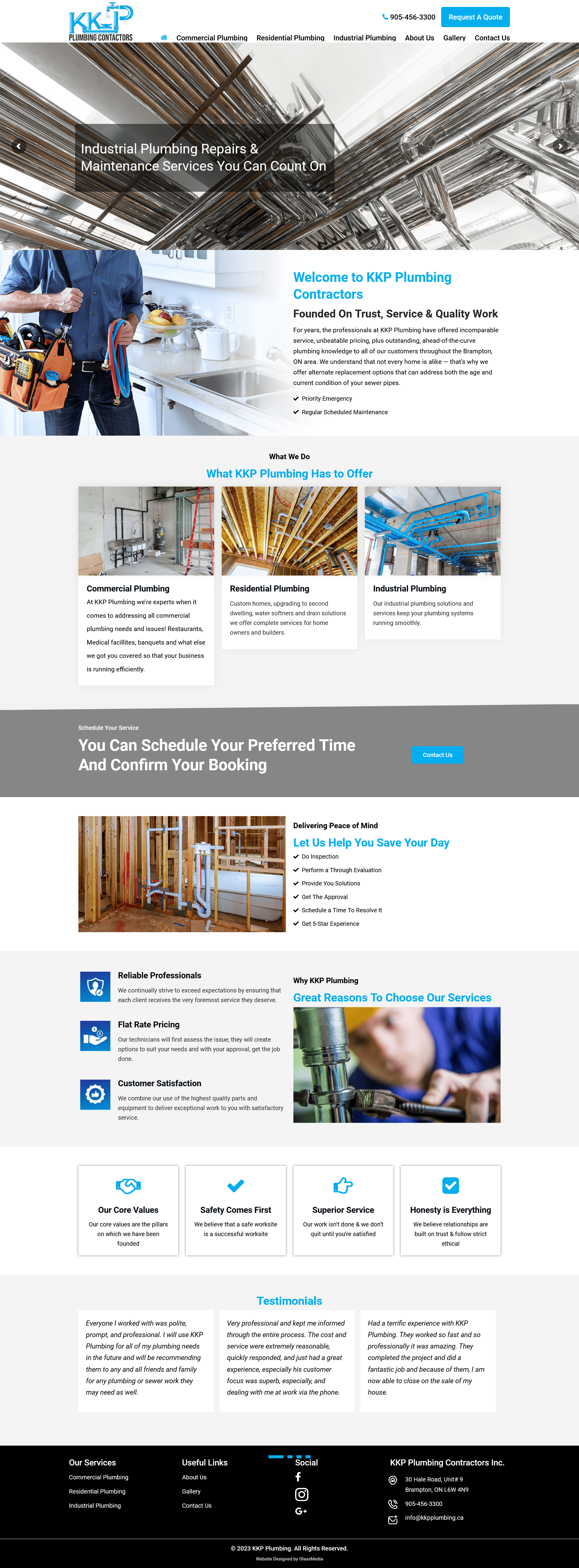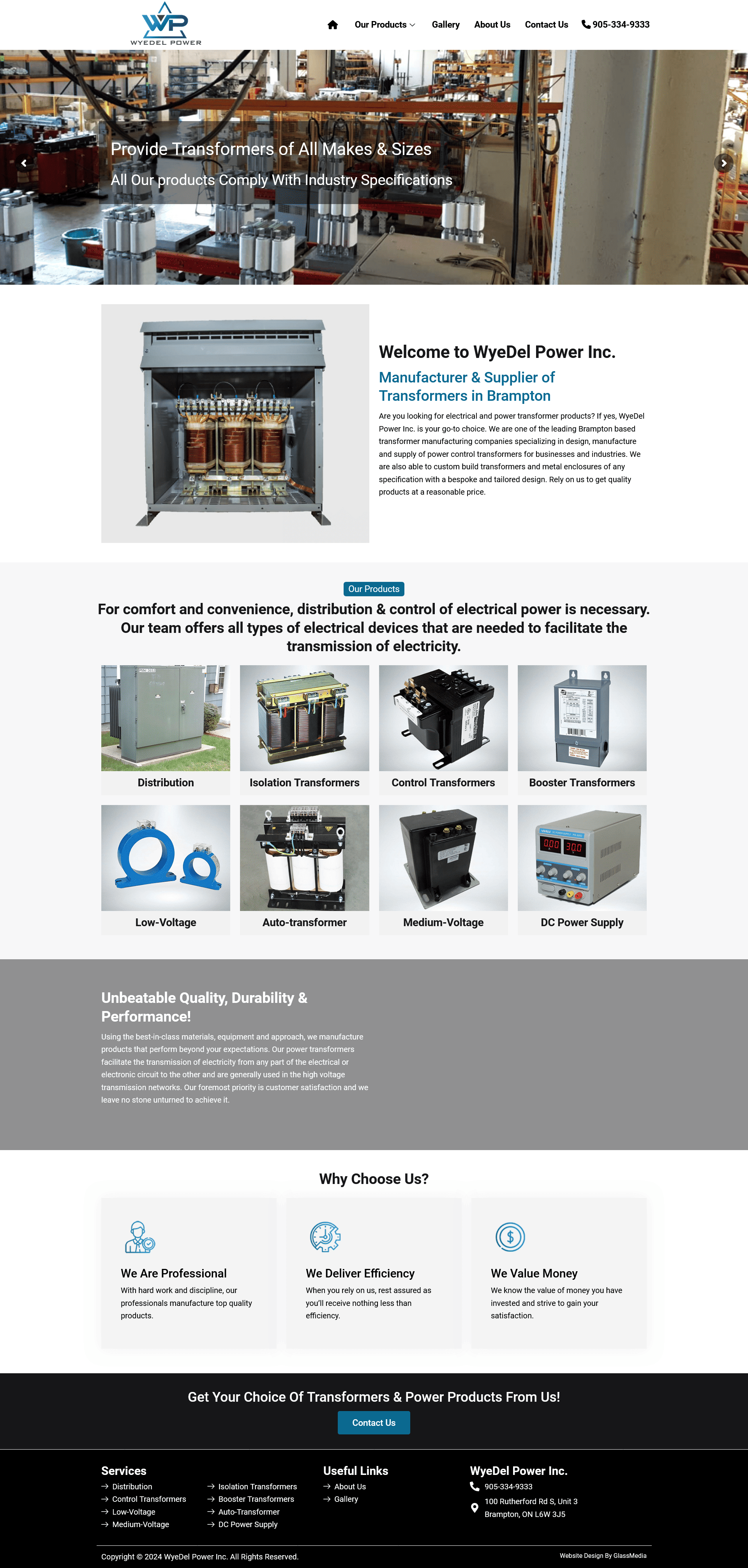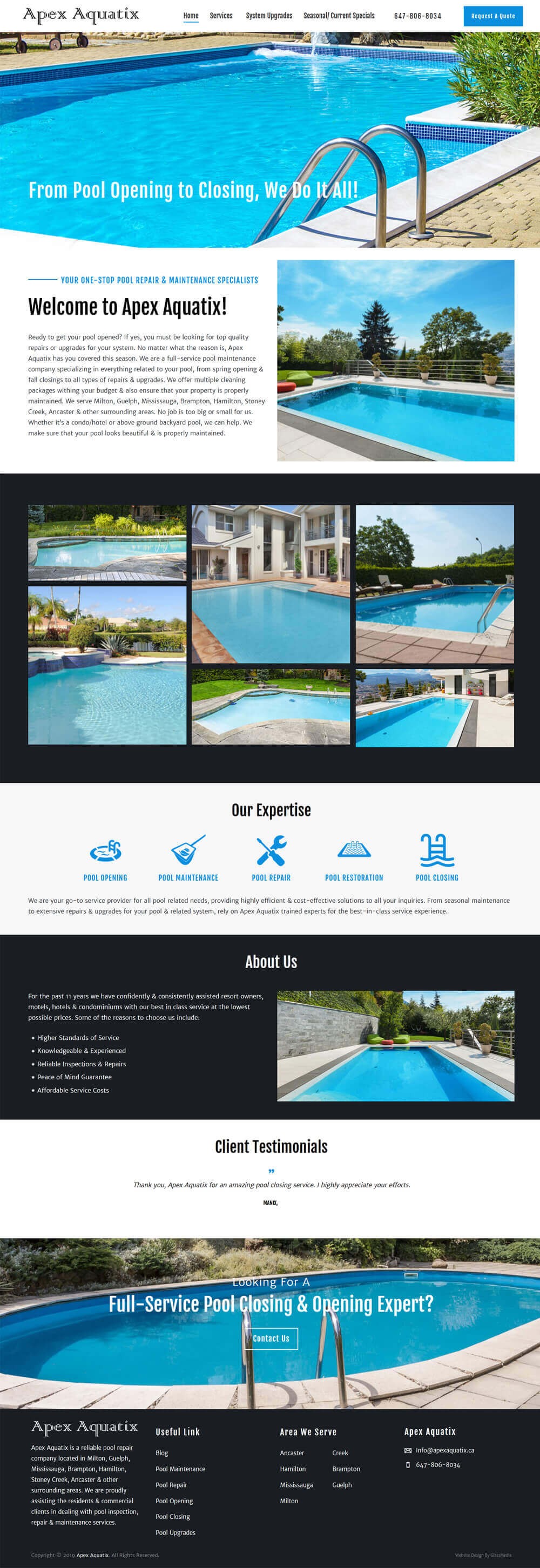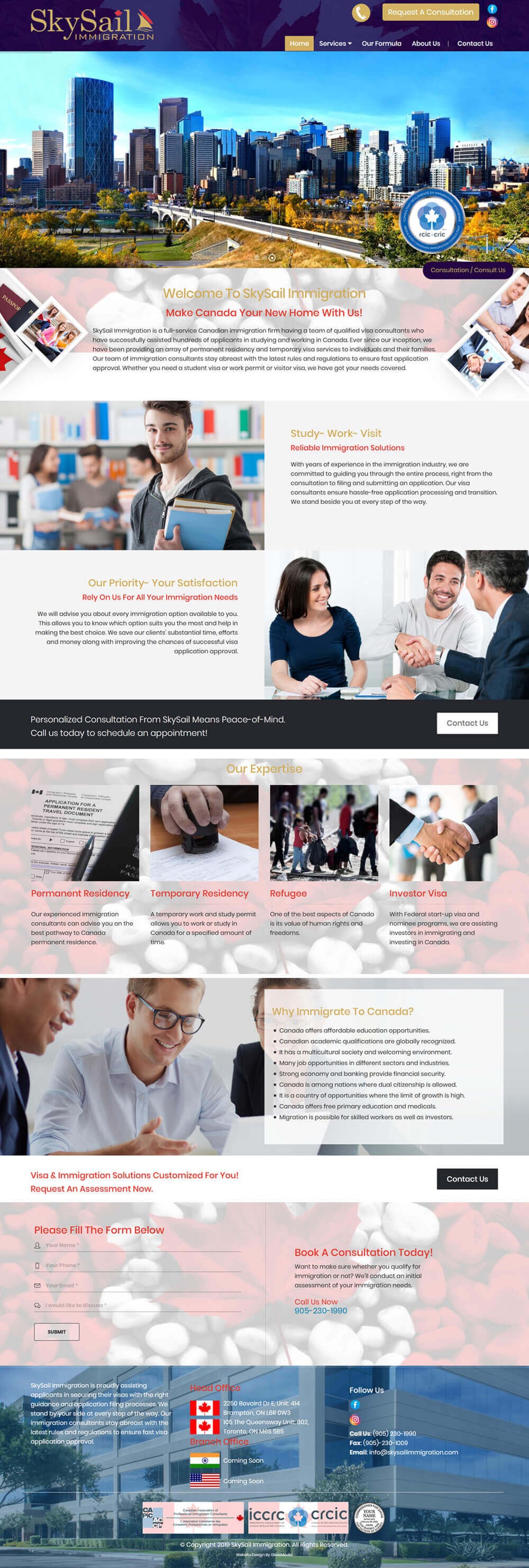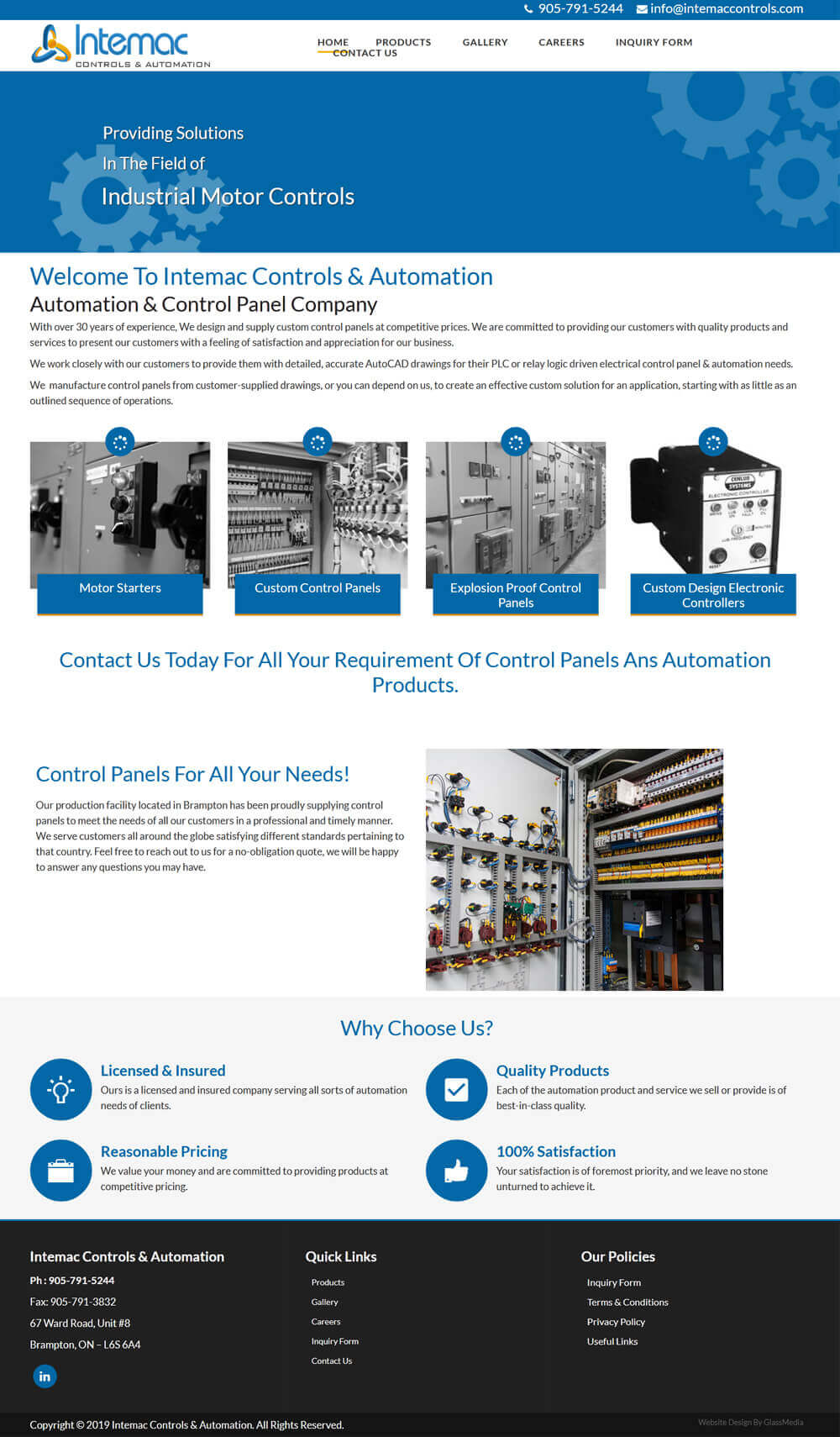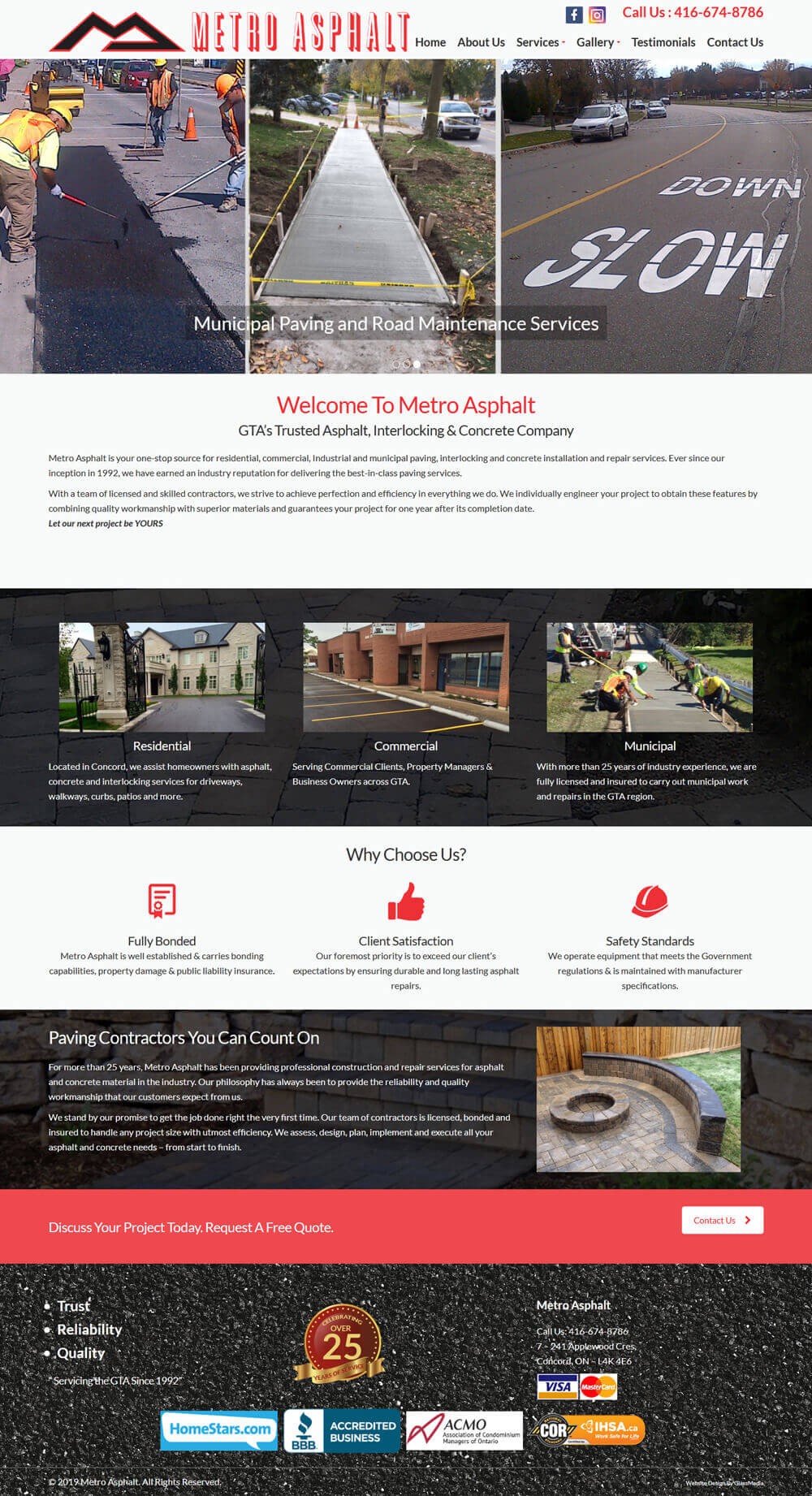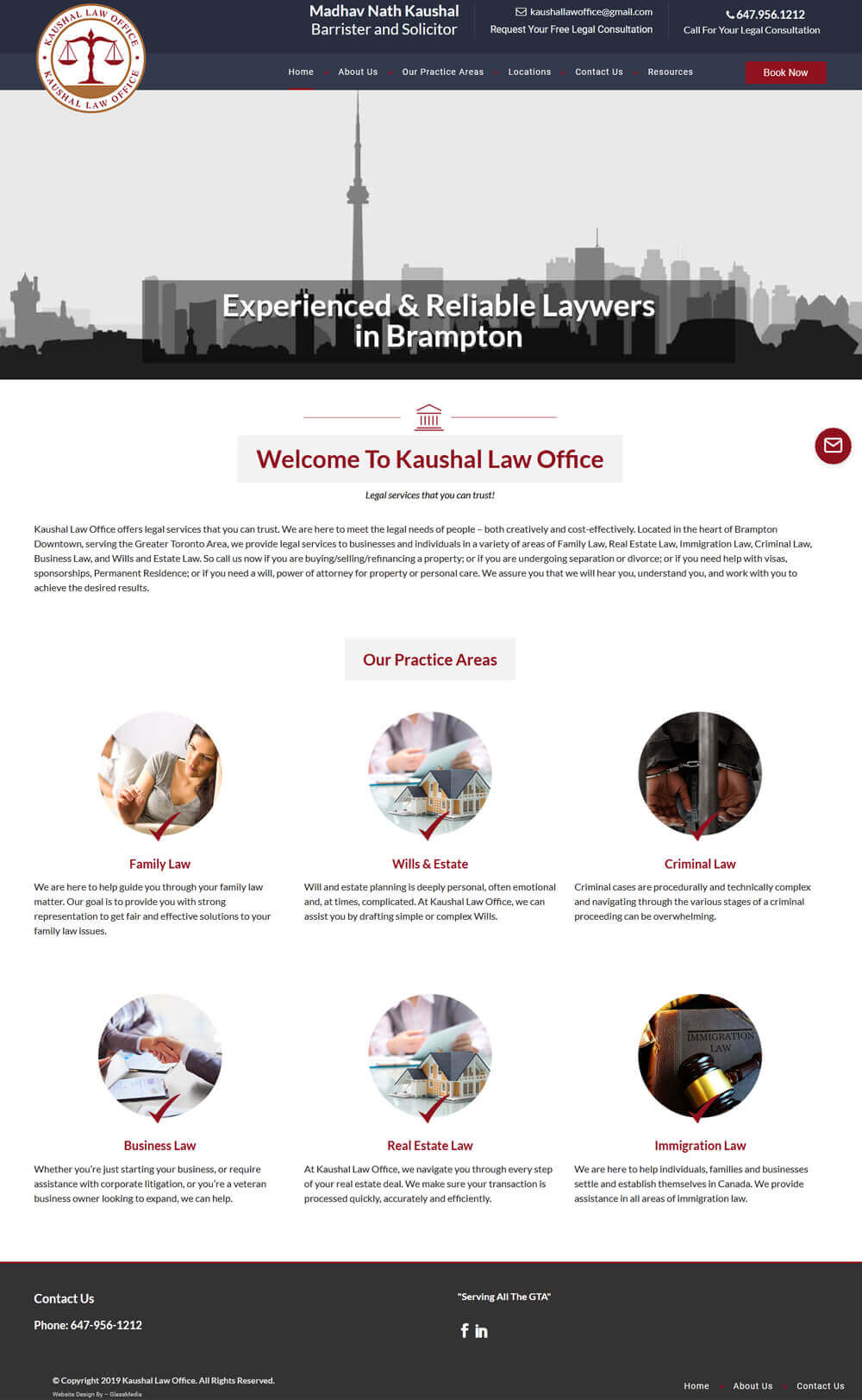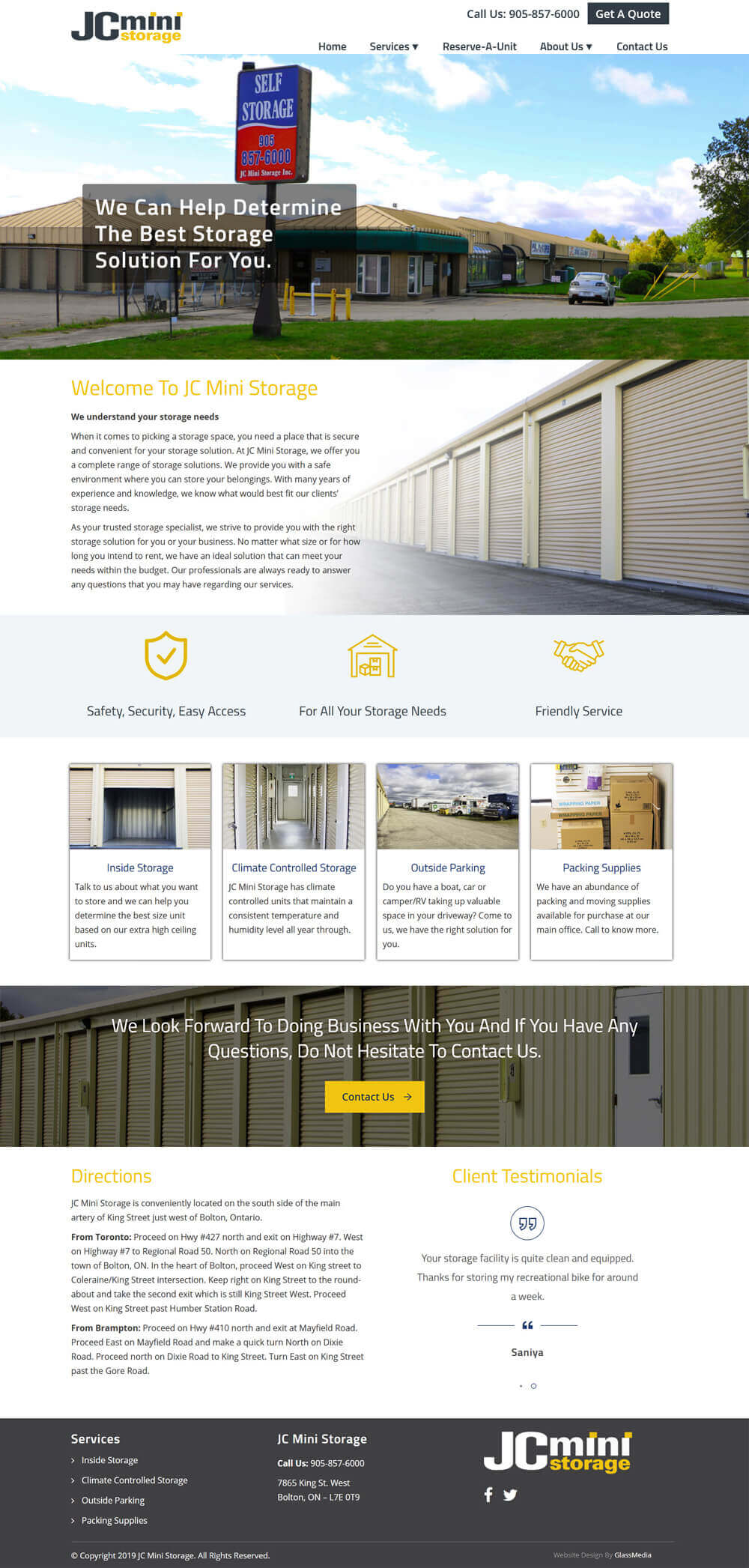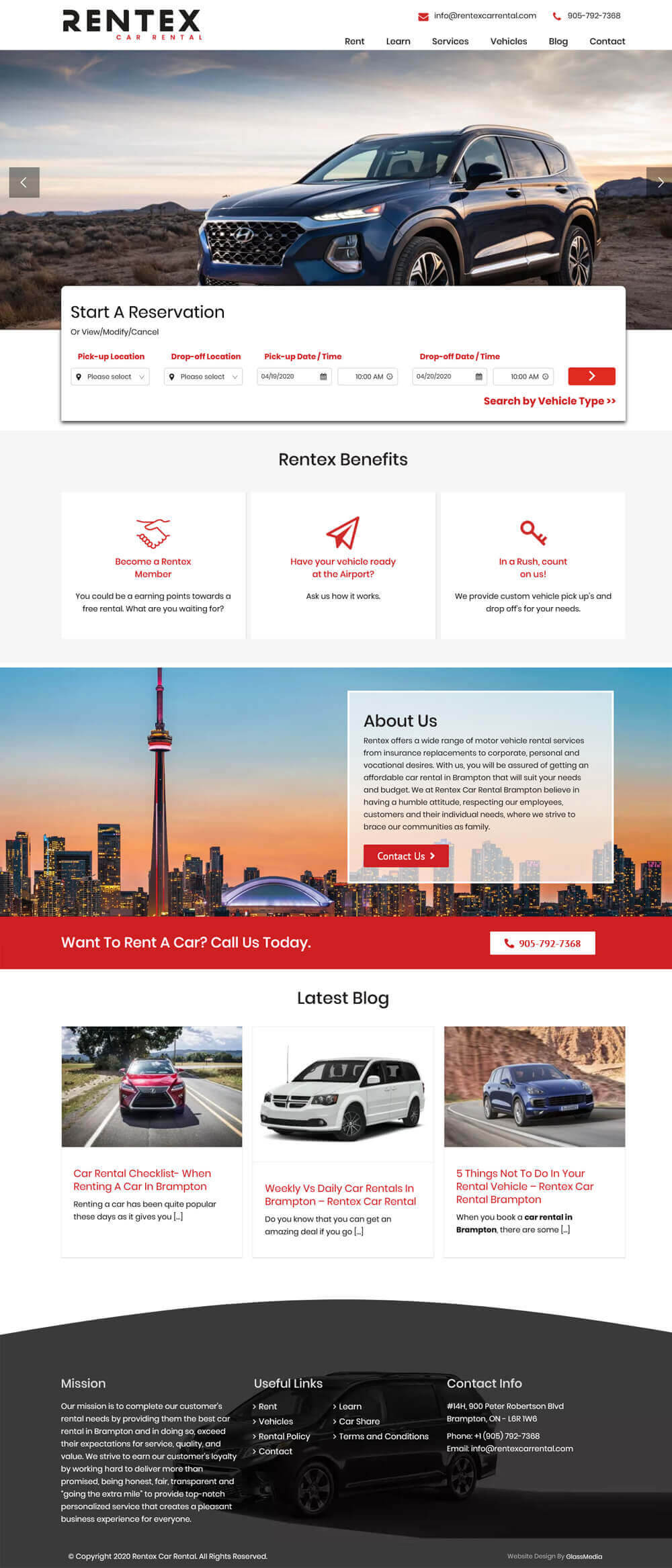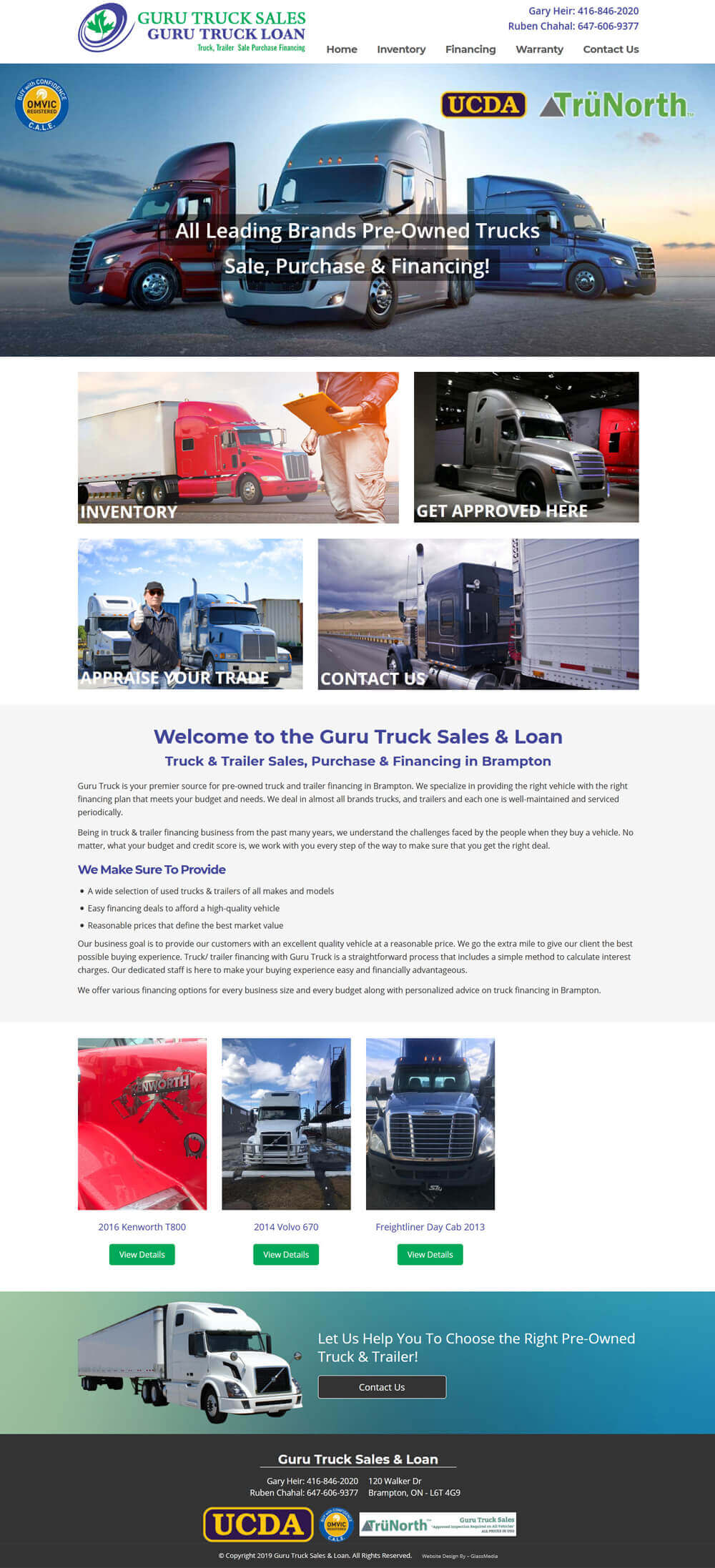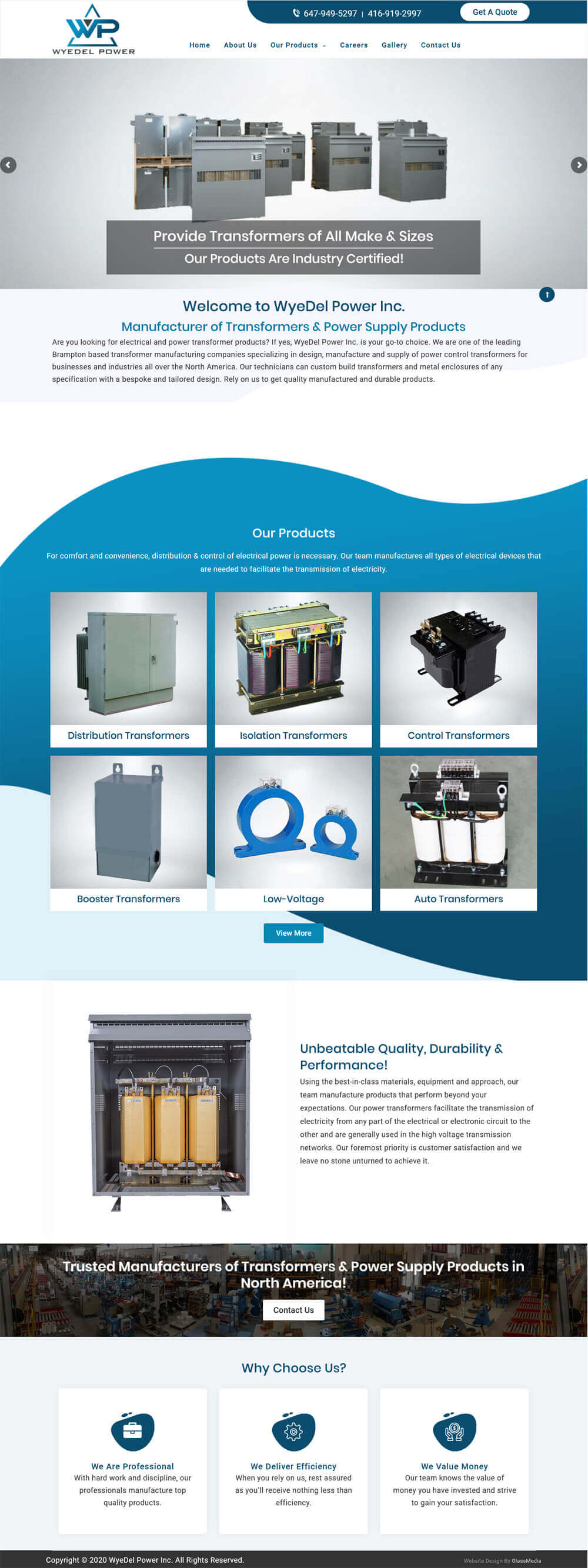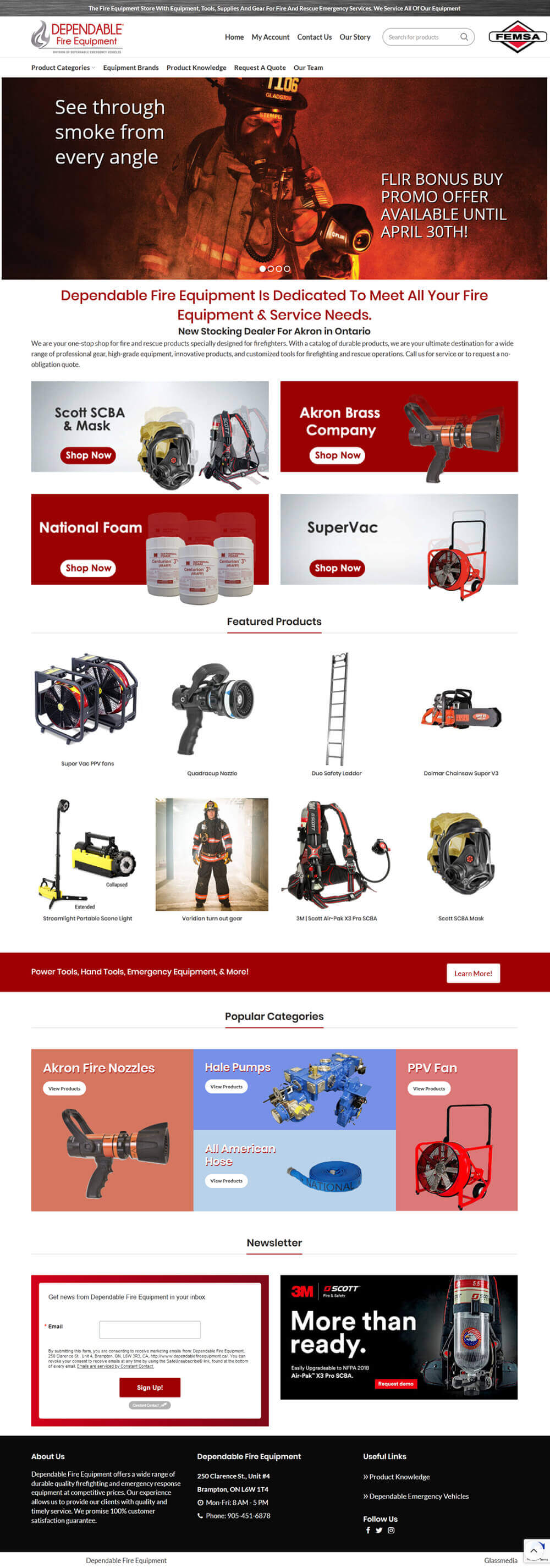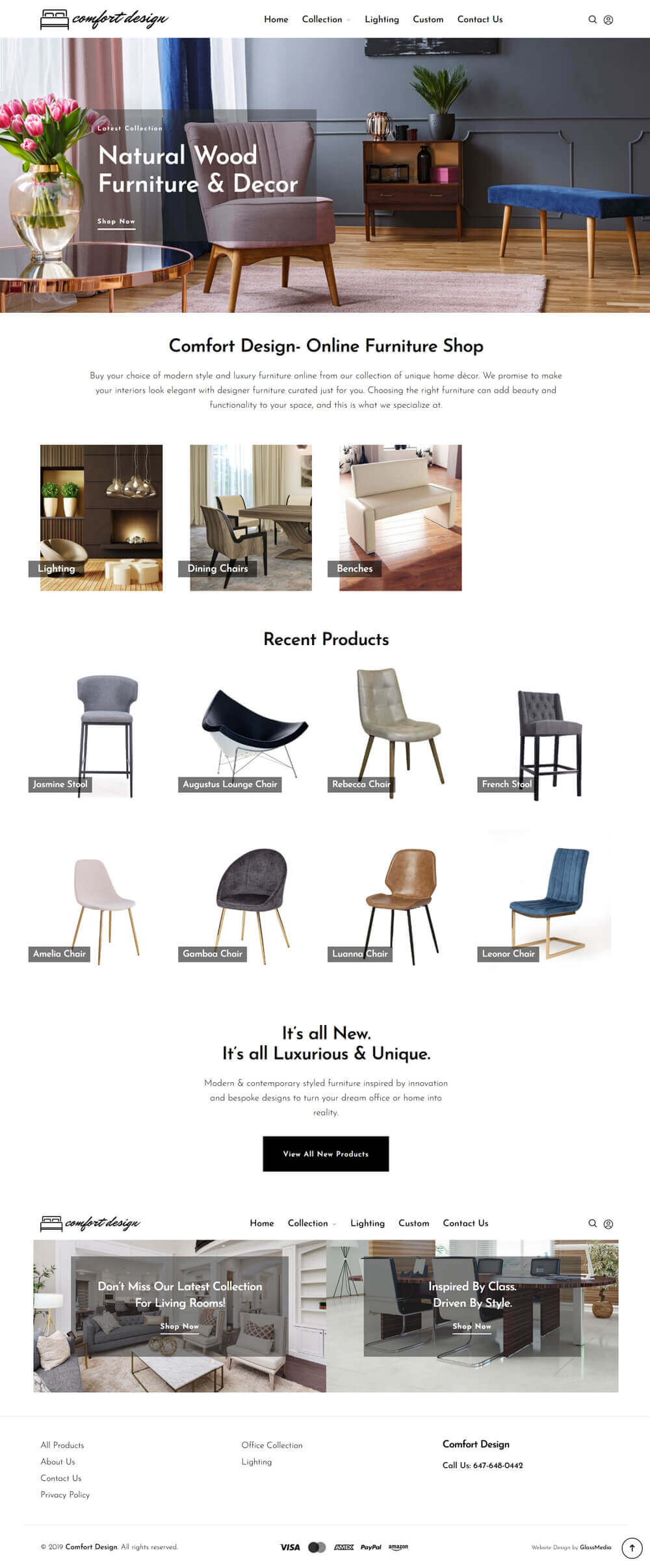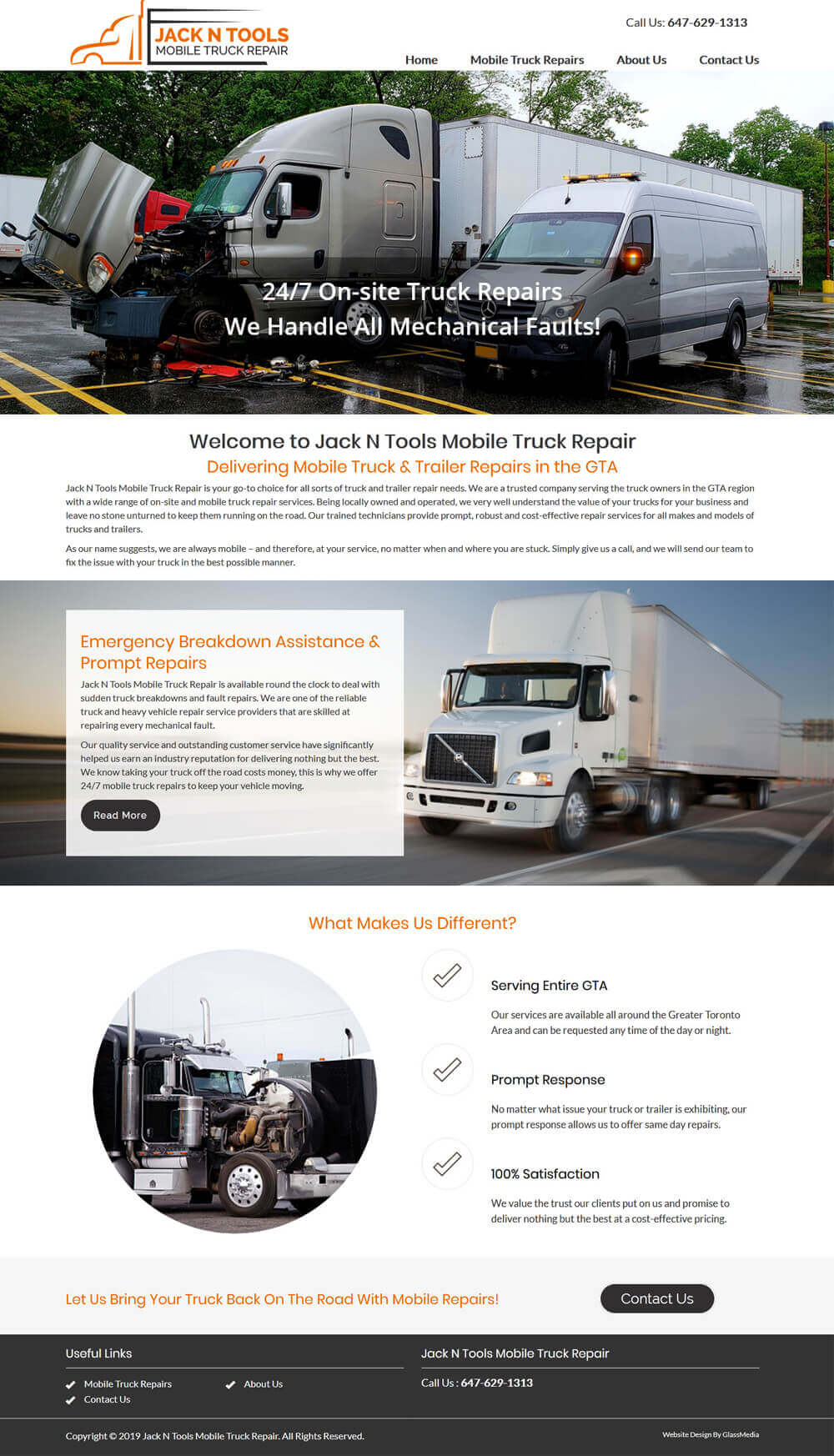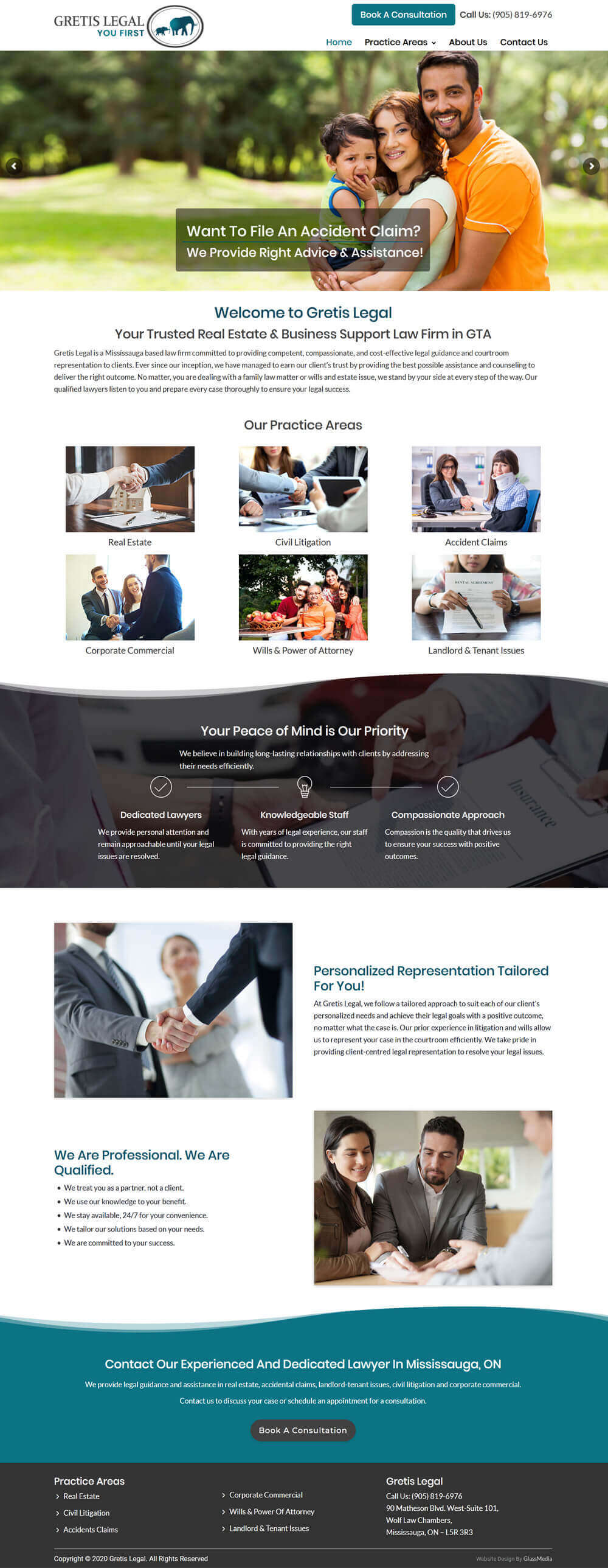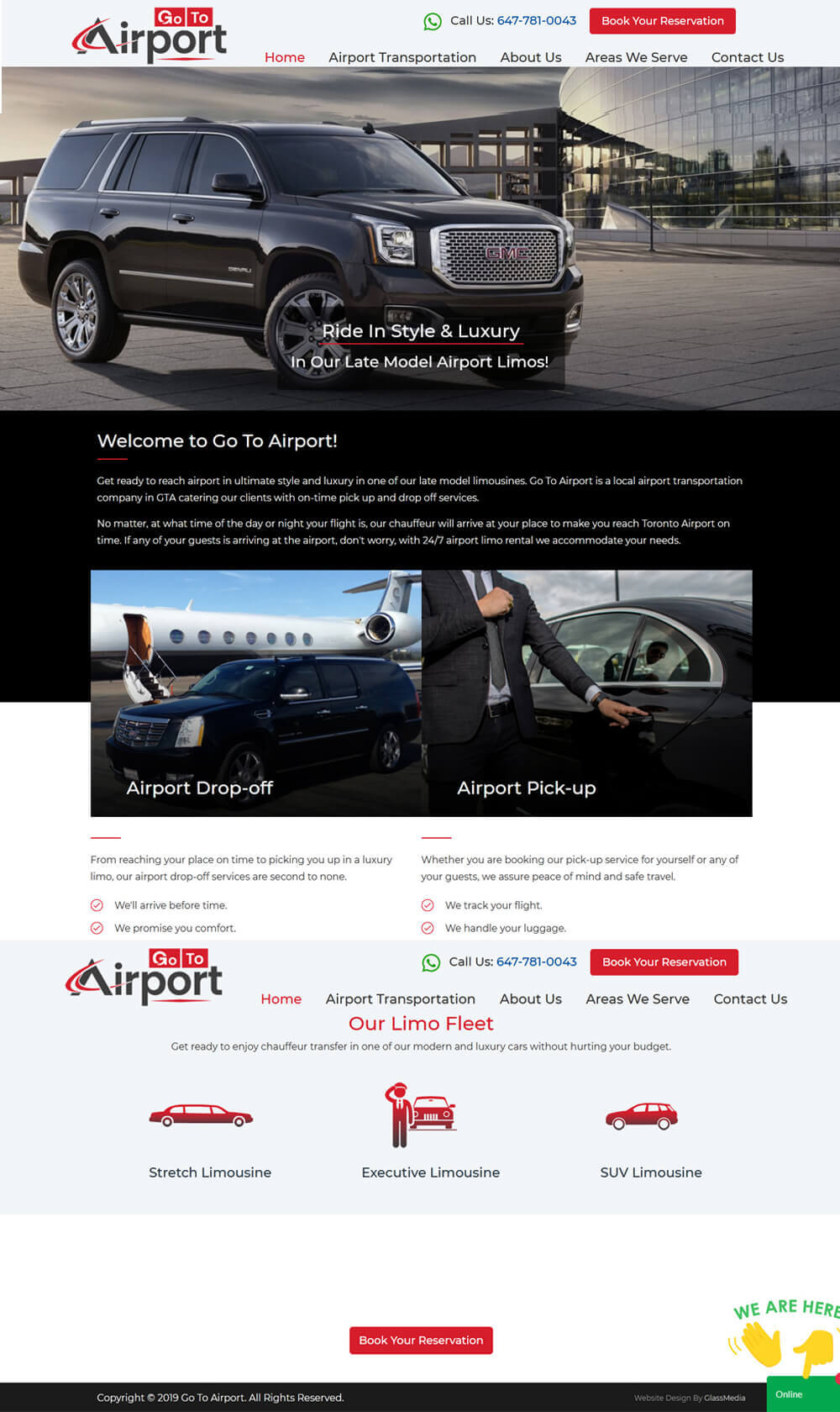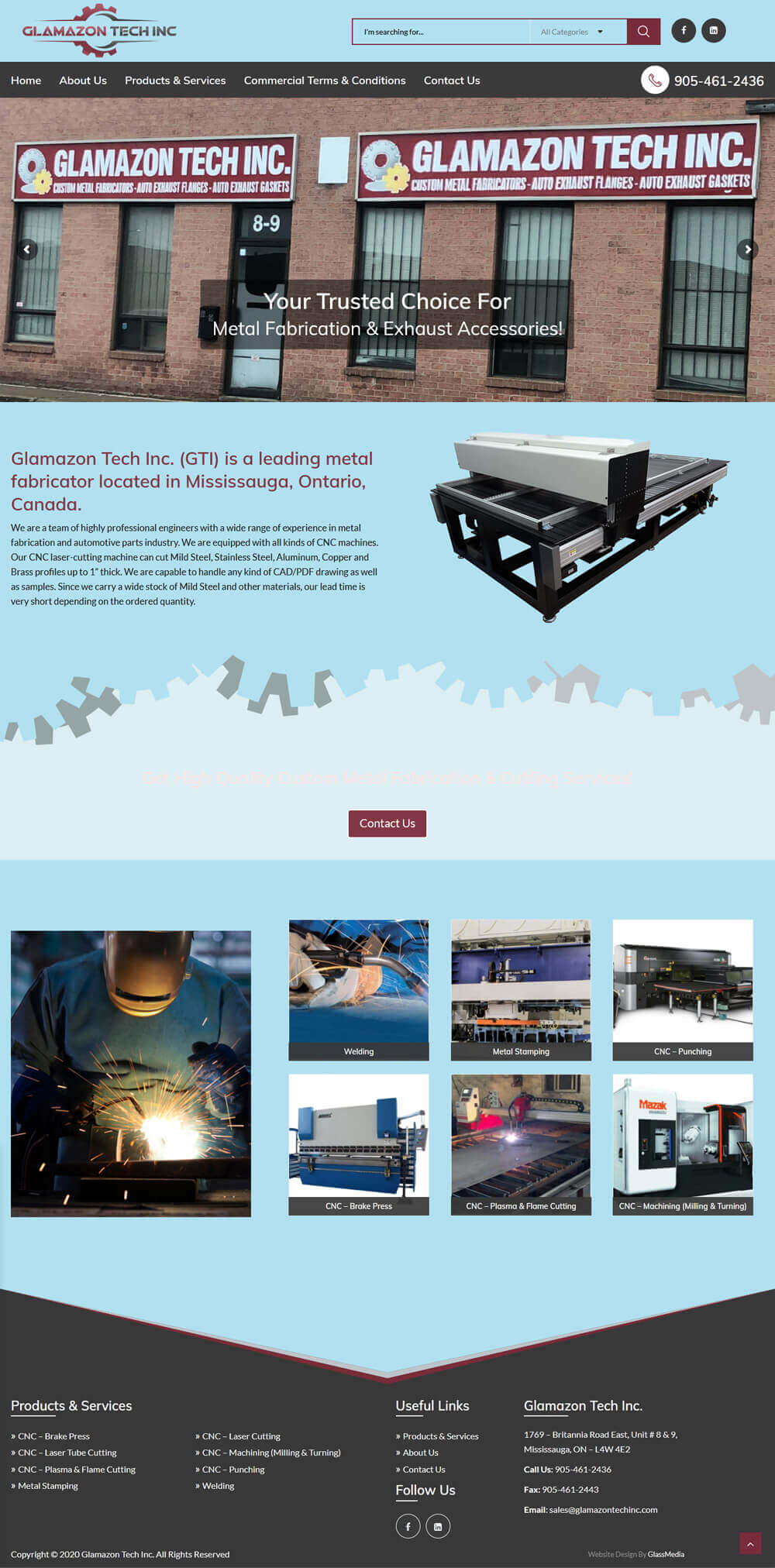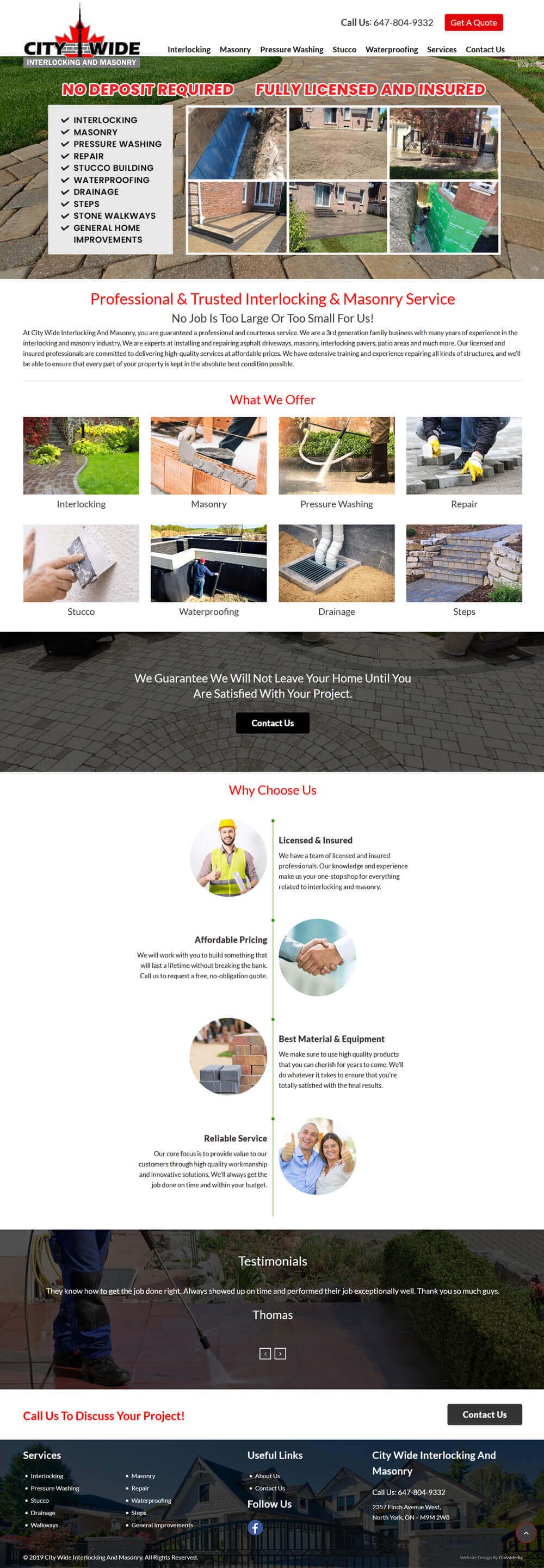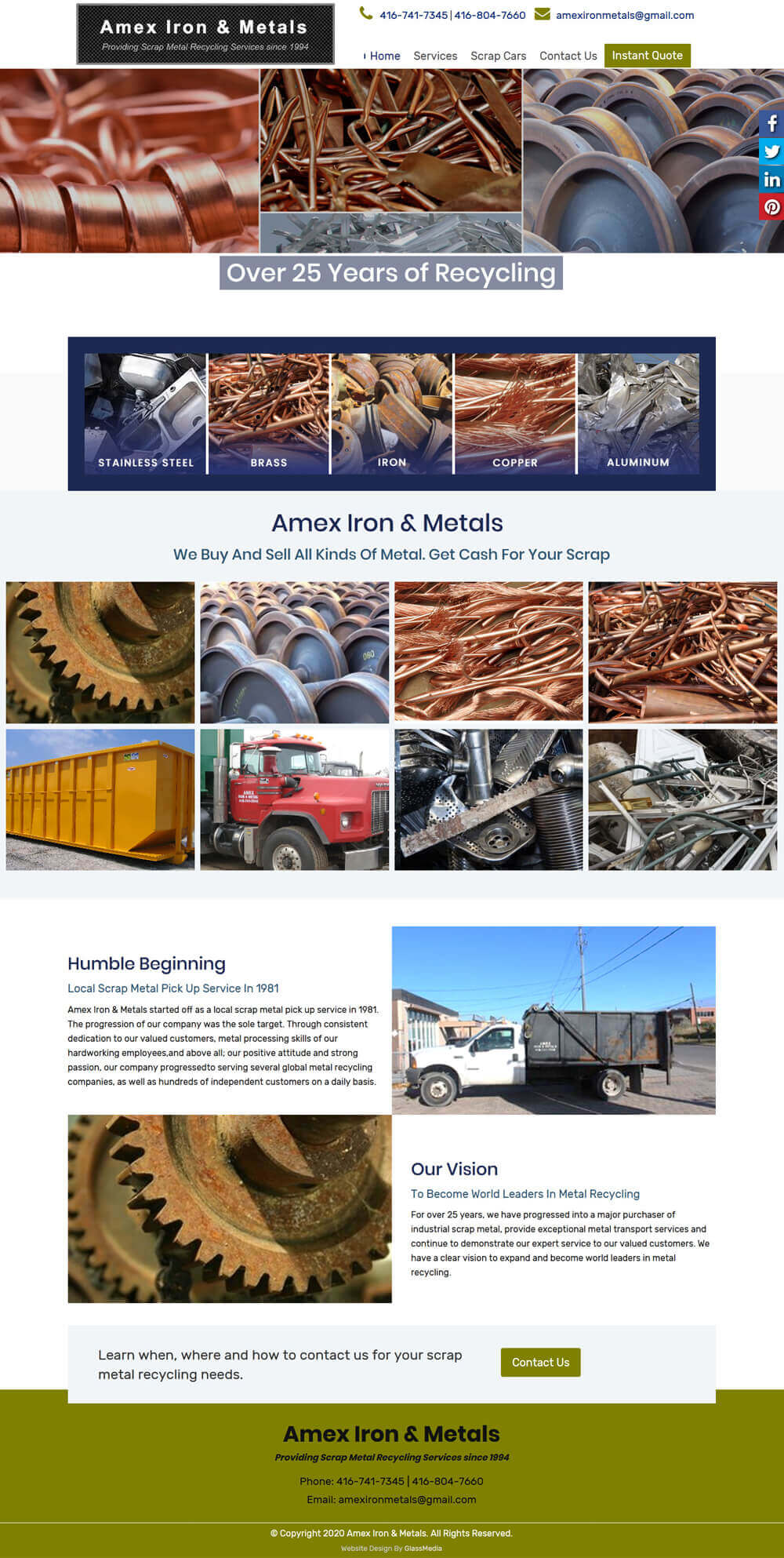In the era of high competition, a business must have a fully optimized website to increase its online exposure and bring organic traffic. Why is On-Page SEO important? In this blog, we’ll discuss the basics of On-Page SEO – and some of the best practices you should “implement” to increase visibility on your website and grow organic traffic.

Understanding On-Page SEO
On-page SEO means optimizing individual pages on your website to rank higher on Search Engines. It includes fine-tuning all kinds of content, meta tags, headings, URLs, and internal linkages to match the algorithms and users’ search queries.
Conducting Keyword Research
On-page SEO mainly consists of keyword research. Begin by looking at keywords and phrases in your niche that people are searching for. Leverage tools such as the Google Keyword Planner, SEMrush, or Moz Keyword Explorer to identify high-volume and low-competition keywords that are well-aligned with your content. Strategically place these keywords on your website.
Optimizing Meta Tags
Meta tags give a quick overview of your web page to both search engines and your audience. Although the title tag and meta description are the most critical ones, you are not limited to these only. Your title tag should also include your keyword and describe the page appropriately. The meta description should be seductive so that someone wants to read the rest and offer a short summary of the page content with appropriate keyword inclusion.
Crafting Compelling Content
Content is king for users and for search engines. Write informative, organized, and relevant content that meets the user’s needs. Include your keywords naturally throughout the body of your content, in headings, subheadings, and paragraphs. You want them to look natural, so try to balance readability and keywords well.
Optimizing URLs and Headings
Your URLs should be nice and clean, descriptive, and include your target keyword if you can. Do not complicate your URLs with excessive keywords; avoid long, unwieldy ones. You should also add keywords to your URLs. Also, maximize your headings (H1, H2, H3, etc.) throughout your content to make the user experience better and keywords content and use long tail keywords.
Image Optimization
Visuals make webpages look good but, if not properly optimized, contribute to page load time. Optimize and minimize jpeg, png, and gif images without losing quality. Name your files with descriptive (keyword-rich) file names and fill in those alt attributes with keyword-rich descriptions of what you see in the graphic.

